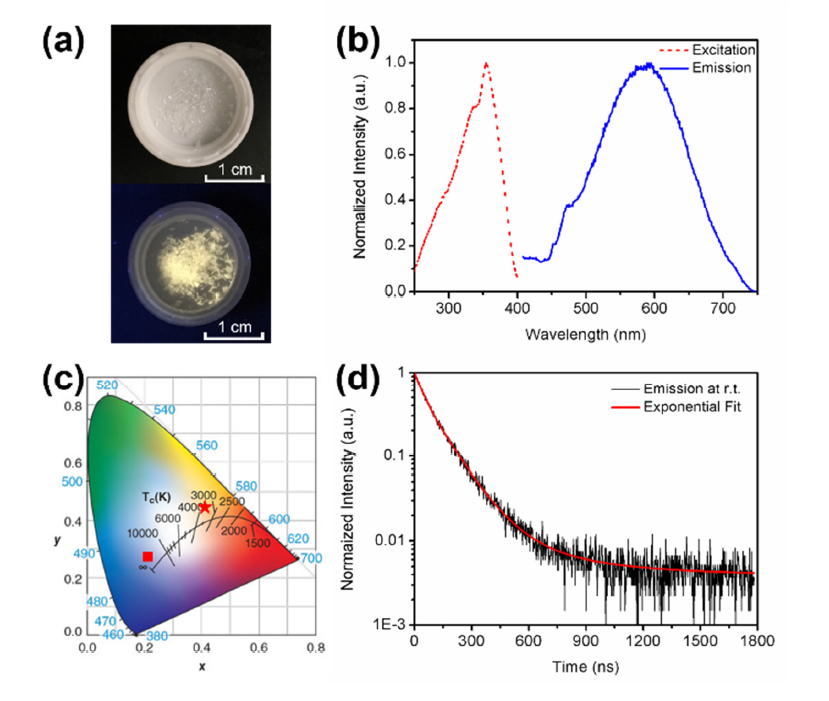Metal Halide Nanotubes, Devices, and Methods
- Pending
Since the discovery of carbon nanotubes, materials with tubular structures have attracted scientific interest because of their intriguing physical and/or chemical properties. Besides carbon nanotubes, a number of synthetic tubular structures such as metal oxides, polymers, metal organic frameworks (MOFs) etc. have been developed over the last decades, which show promising applications in various areas, ranging from gas separation and storage, to catalysts, and drug delivery.
Organic-inorganic metal halide hybrids have received research attention for their exceptional optical and/or electronic properties with useful applications in a variety of optoelectronic devices, including photovoltaic cells, light emitting diodes, photodetectors, and lasers. The structural tunability of this class of materials can enable the formation of various types of crystal structures by using appropriate organic and inorganic components, ranging from three- (3D), to two- (2D), one- (1D), and zero-dimensional (0D) structures on the molecular level.
This technology comprises organic metal halide hybrids having a 1D tubular structure, and facile solution processing methods for preparing the metal halide hybrids. For example, the metal halide crystals provided herein may include an array of 1D nanotube structures. In some embodiments, the methods provided herein including simple bottom up solution self-assembly processes.
Applications
- Gas storage
- Ion selection
- Catalysts
- Sensors
- Molecular machines
Advantages
- They have optical response and relatively good quantum yield.
- The solution-based preparation of these phosphors at room temperature is easy and cost effective.
- Their crystals are bulk-assembly of the nano-structures therefore exhibit the intrinsic properties of an individual nanotube.
- They have multiple potential applications such as gas storage, ion selection, catalyze, sensing, molecular machines, and so on.
- They have relatively good thermal and photostability.

